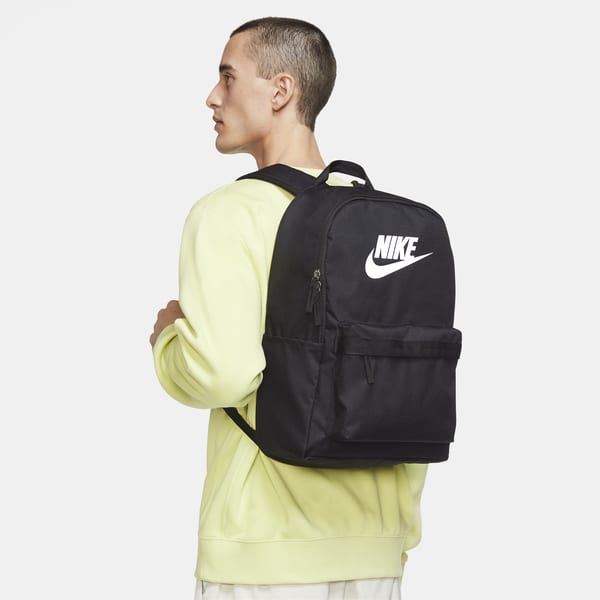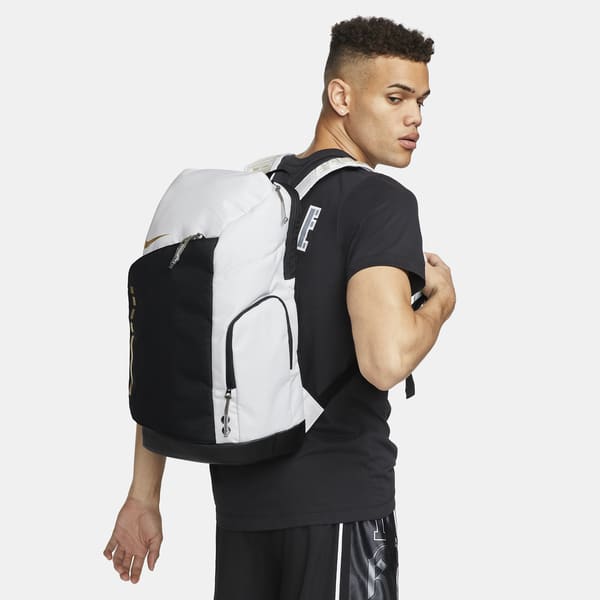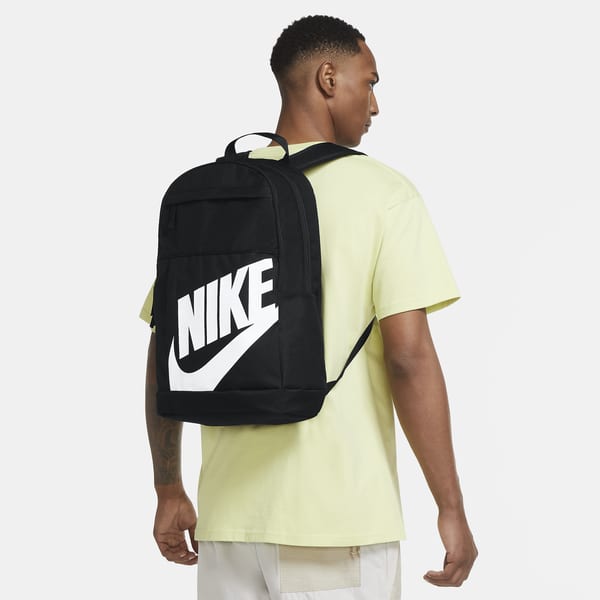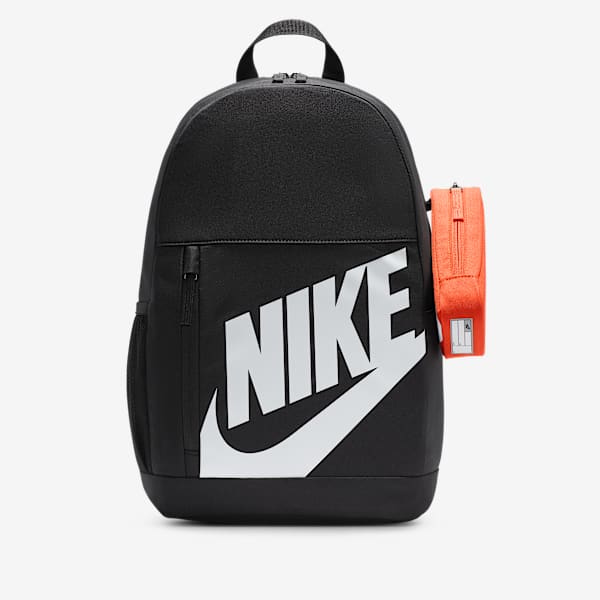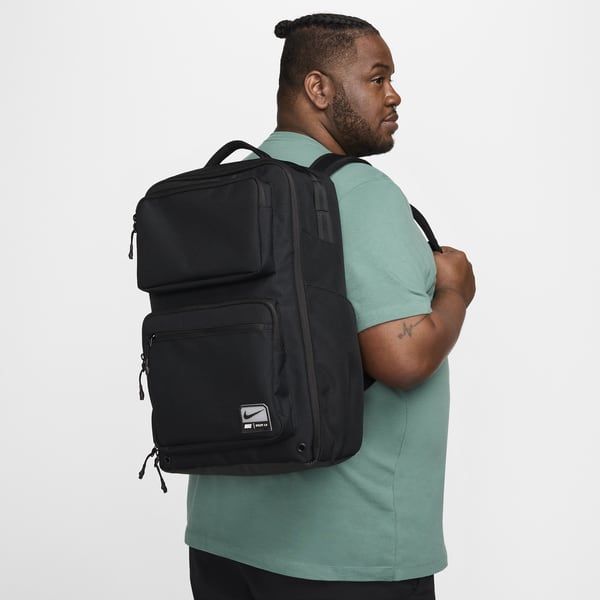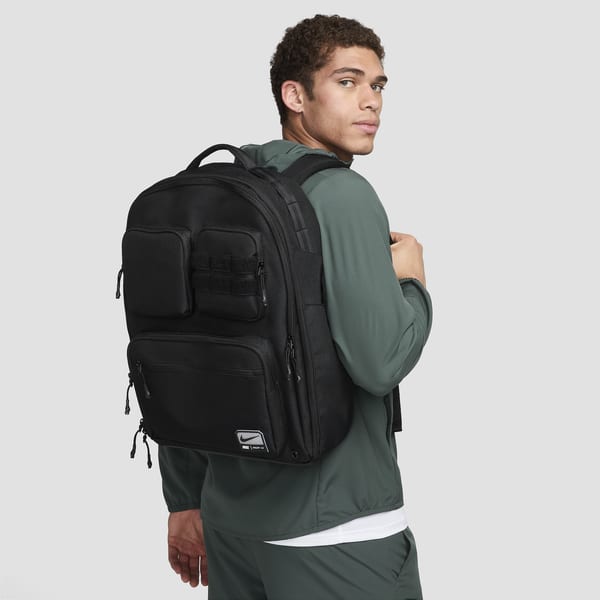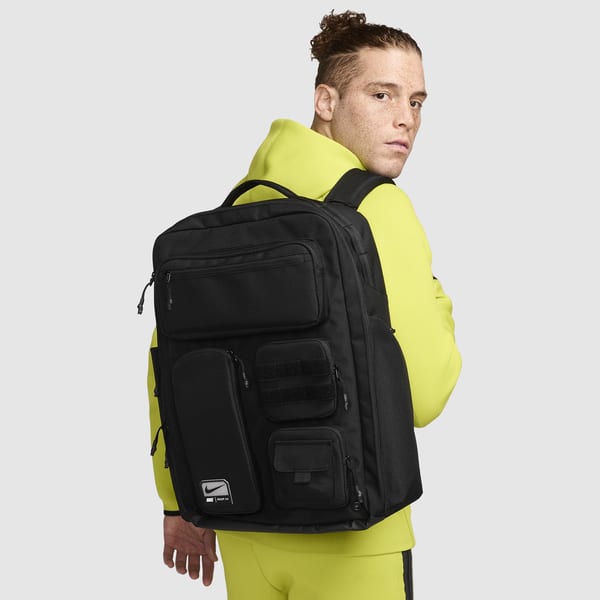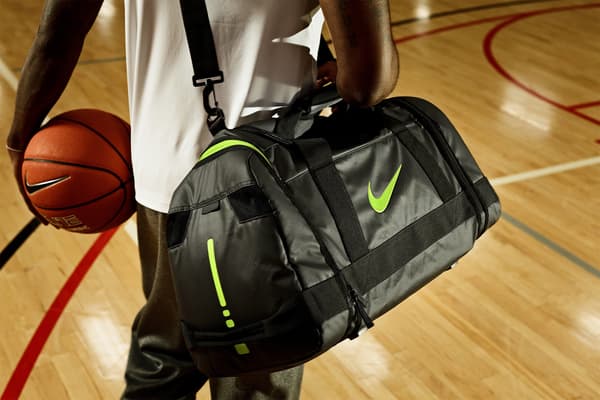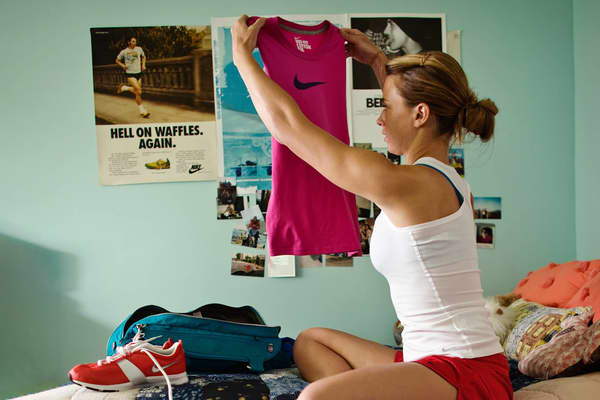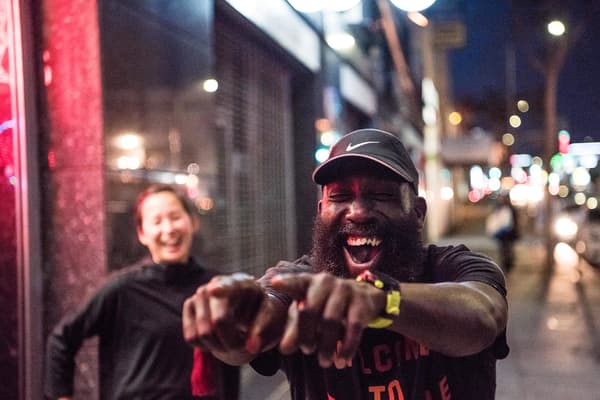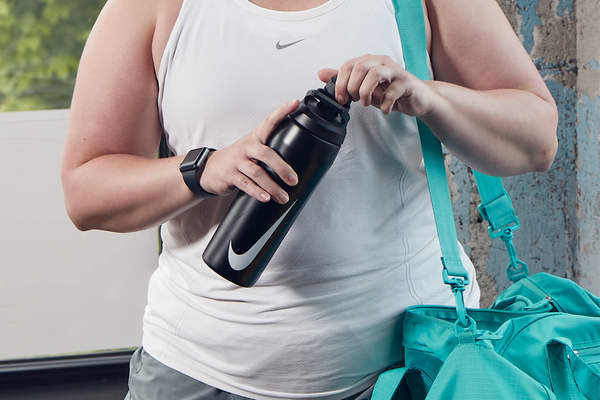How To Find the Best Backpack for Travelling
Buying Guide
Find out how to choose the optimal travel backpack, complete with the right amount of storage space and features to stay organised for a trip, plus get Nike's top picks.
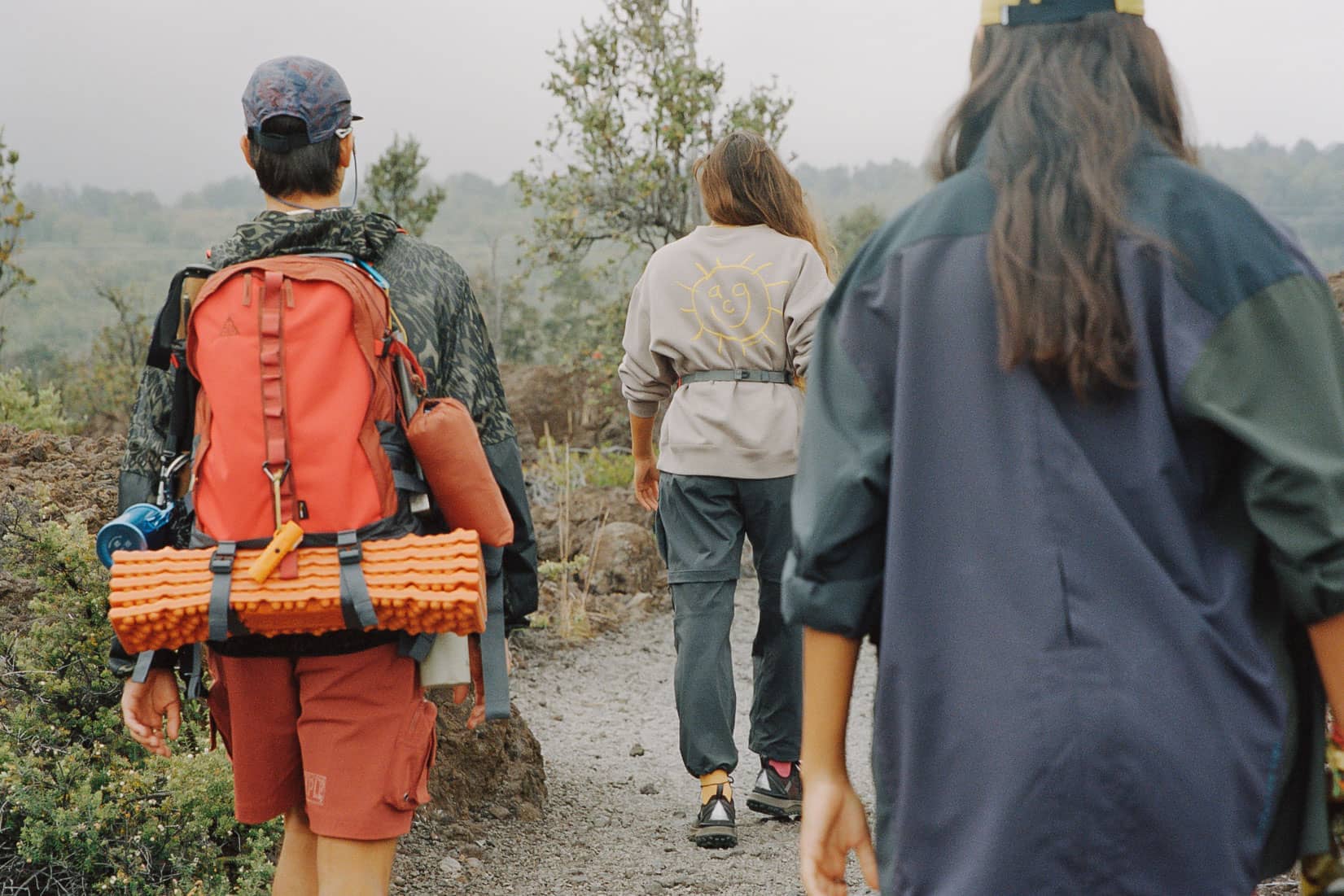
From excitement for the adventure ahead to stressing over what and how to pack, gearing up to travel can come with a range of feelings. Whether you're embarking on a backpacking trip or looking for a compact carry-on backpack, a good travel backpack can help keep you organised, comfortable and hands-free during your journey. Prepping and organising a backpack ahead of your trip can help save time and stress later on.
What Features To Look For in A Travel Backpack
When choosing a travel backpack, consider the needs of your specific trip. For example, maybe you're taking frequent train rides or flights and need to carry all your things with you. If that's the case, it'll be critical to bring a backpack that carries and stores items efficiently, while distributing weight evenly to help avoid strain on your back.
If a trip involves less on-the-go movement and calls for more time spent in one place, you may have the best luck looking for a simple carry-on bag to supplement any checked luggage.
In both scenarios, an ideal travel backpack comes with ample pockets and zips to keep possessions organised and stored securely, and they're also made from lightweight and durable materials that can stand up to any condition or wear that comes with travel. From size to design, here are the key factors to consider when choosing the best travel backpacks.
How To Pick the Right Backpack Size
If you plan to bring a backpack on a flight, start by determining what size you need. Bear in mind, many airlines don't allow bags bigger than 56cm high, 36cm wide and 23cm deep. The size limits for carry-on baggage vary by airline. Make sure you look on the airline's website before packing to see what can fit in the overhead compartment or under the seat in front of you.
In addition to their outer size dimensions, backpack sizes are often broken down by how many litres of capacity they hold. To visualise how much can fit into a litre, think of a rolled-up T-shirt, which will usually take up about a litre of space. So, while you probably need to pack more than just T-shirts, you can imagine that a 20-litre backpack will hold about 20 T-shirts inside.
For a month-long trek, consider using a 40- or 45-litre backpack, which is typically the right size for a carry-on while also offering plenty of space for the essentials—clothing, basic equipment, electronics and other must-have travel items.
A 30- or 35-litre bag is generally considered a small backpack that would be ideal for an overnight or short weekend trip, for example. It could likely fit gear, food and light clothing for one or two nights. Make sure you measure it first, but a backpack this size might even fit underneath the seat in front of you on an aeroplane—be sure to check airline specifications, but bags no larger than 46cm high, 36cm wide and 20cm deep are typically OK.
Top-loading vs. Front-loading Backpacks
The type of opening on a backpack matters if you want to be able to access items quickly and efficiently throughout a trip. Travel backpacks often offer one of two ways to open—front-loading, also known as a clamshell opening, or top-loading.
A backpack that opens from the top—such as a typical, everyday backpack—tends to provide easier access to items inside the pack because you don't have to put the backpack down to unzip it. If you plan on using your backpack for a day of sightseeing or need to quickly access items while in a tight space, such as in an aeroplane or the back seat of a car, you may consider a top-loading style. The downside of a top-loading backpack is that it requires you to pack items vertically on top of each other, so if you find you need an item that's packed at the bottom, you'll find yourself unpacking the entire bag to grab it.
If you want more space to hold items, consider a front-loading, or clamshell, style. This style opens more like a typical suitcase or duffel bag, allowing you to unzip the pack and view everything inside more easily.
Keep Organisation in Mind
Knowing exactly where your items are reduces the need to pull items out and to have to reorganise. The best travel backpacks have a variation of small- to medium-sized pockets with zips and materials made from mesh so you can conveniently store smaller items and see what's stashed where. If you're bringing a laptop or camera, make sure the backpack has various padded functional compartments to safely store them.
Minimise Back Strain
There are several features that may make a backpack more comfortable to travel with all day, including sturdy straps and back panels that are made from breathable materials and have ventilation. Look for a backpack that has strong, easily adjustable straps as well as a belt strap to help evenly distribute the weight while you're walking.
Choosing Backpack Materials for Weather and Climate
The kind of backpack material you choose may hinge on where you are travelling and what the weather is like. For rainier climates, opt for polyester and nylon—they are thick, strong and made from weatherproof materials to withstand inclement weather.
Words By: Claire Tak

